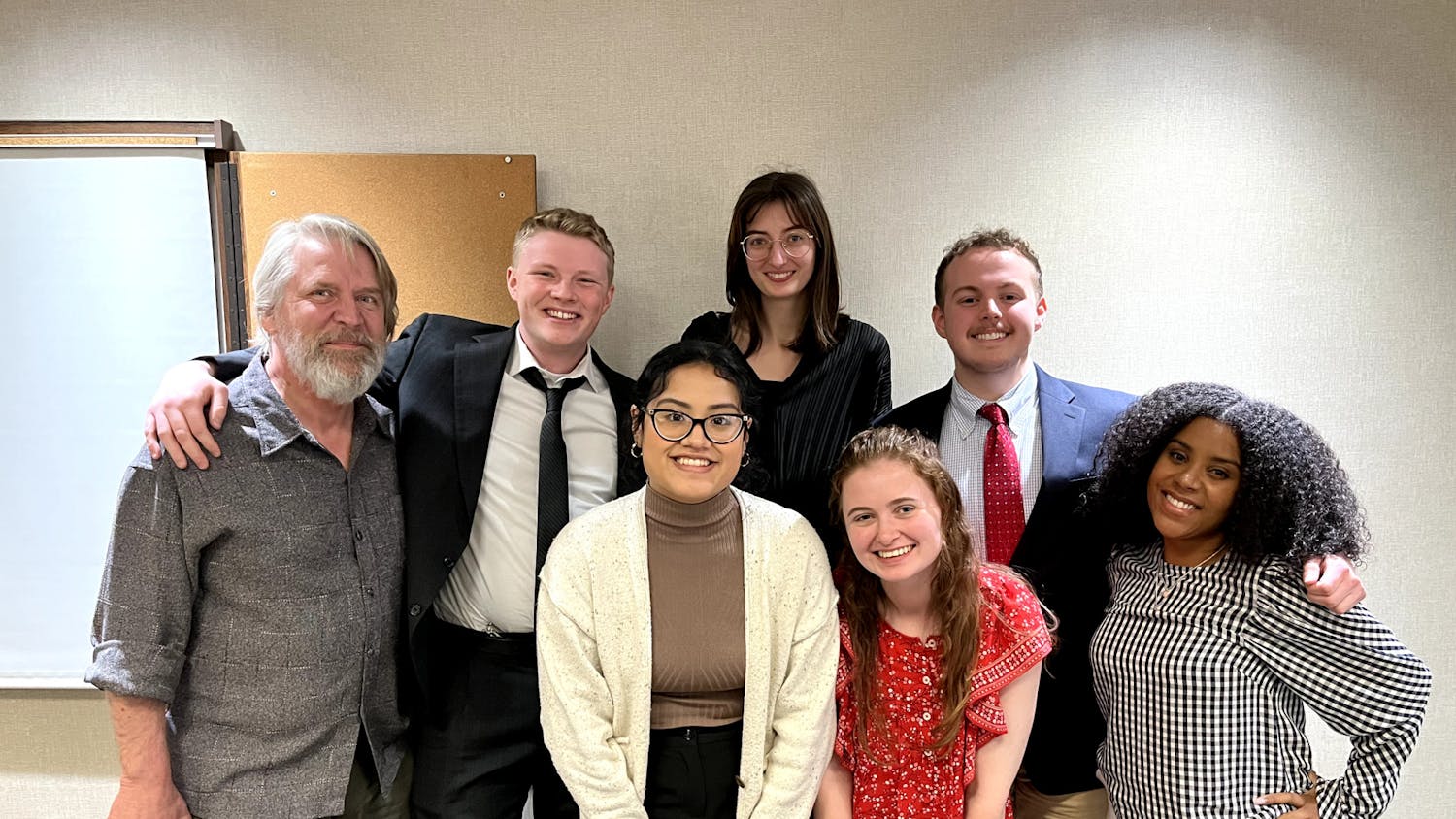There are two things America can learn from India.
Just over two weeks ago, I returned from a trip that truly changed my perception of the world around me.
My fellow Service Scholars and I spent three weeks in Kerala, India, where we had the unique opportunity to completely immerse ourselves in the city of Trivandrum in the context of service.
When I arrived at home after the trip’s conclusion, I was proud to reflect on all my class had accomplished, but what I thought about most was the quality of the people I observed each day in India. Everywhere I traveled, the streets were filled with citizens whose kindness, honesty and contentedness were extremely apparent.
Additionally, I was excited to see that the Indian culture values music, art and writing much more deeply than American culture does. Though my visit was brief, my experiences led me to believe that the American people could learn a great deal about morality and cultural values from the people of India.
As we passed an enormous rice paddy during a boating excursion one weekend, one of our professors explained to me that people groups who rely on rice are believed to be more community-minded. This is due to the fact that rice growing requires a team while wheat can be grown by a single farmer.
True to this sentiment, the attitude of community benefit is something I witnessed almost every day, especially in the forms of helpfulness and honesty.
One small but memorable instance of this is that I once had a shopkeeper chase me through a crowded market after realizing I had not collected my change of two rupees (around three cents). In the American culture, care for others does not seem to be as highly valued as individual prosperity and a small difference like this one might have gone unnoticed.
During our first few days in India, I noticed that there were a large number of statues in the surrounding area and made it my goal to find out what person each monument represented. To my surprise, most of the monuments were constructed in memory or honor of influential musicians, artists and writers.
The cultural esteem of music is obvious. In particular, each assembly we attended throughout the trip began with at least 15 minutes of singing. Our students at a local high school begged us to share English songs with them, and everyone who asked about my studies was visibly delighted to learn that I am a music student.
I believe that the reverence for music I witnessed comes from a mentality of cultural preservation; India’s musical style was independently developed over thousands of years and musicians devote their lives to ensuring that music has a place in their society’s future.
As a music student, I may be biased, but I believe that America should hold the same viewpoint on the arts. Too often, the arts lose funding in schools before anything else, and pursuing art as a career is looked down upon by those who do not believe in its value.
If artists, musicians and writers were viewed as preservers of Western and American culture for future generations rather than pursuers of a lesser career type, the arts would thrive in America — and America would thrive with them.
What America can learn from India

Young girl from India plays with Mary Lathem’s hair during her Mercer on a Mission trip to India




